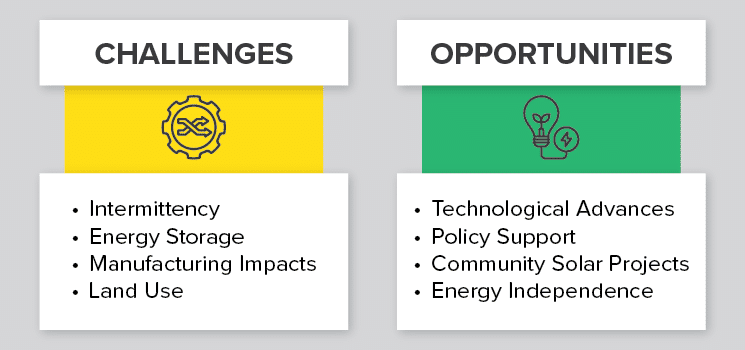The push for zero emissions targets is a global effort driven by the urgent need to mitigate the impacts of climate change. As part of this effort, renewable energy sources, particularly solar power, play a significant role. Solar power is both a practical and effective solution for reducing our carbon footprint.

Zero emissions targets are goals set by countries, states, and corporations to drastically reduce and eventually eliminate their carbon dioxide (CO2) and other greenhouse gas emissions. The aim is to achieve net-zero carbon emissions, where any emissions are balanced by absorbing an equivalent amount from the atmosphere. According to the United Nations Framework Convention on Climate Change (UNFCCC), this is critical to limiting global warming to well below 2, preferably 1.5 degrees Celsius, compared to pre-industrial levels.
Harnessing energy from the sun, solar power is a clean and sustainable alternative to fossil fuels. According to a report by the International Renewable Energy Agency (IRENA), renewables like solar power could contribute to 86% of global power demand by 2050, significantly helping in meeting zero emissions targets.
Solar power’s viability lies in its potential for widespread and use. Solar panels installed on homes, schools, and businesses convert sunlight directly into electricity, resulting in zero emissions at the point of use.
Here are some key ways that solar power contributes to emission reduction:
It is worth noting that while solar panels require energy and resources to manufacture, the life-cycle emissions of solar power — including manufacturing, transportation, installation, maintenance, decommissioning and dismantling — are much lower compared to fossil fuel power systems.
North Carolina is a shining example of how solar power can contribute to zero emissions targets. As the second-highest solar-producing state in the U.S., North Carolina generated 5.4% of its electricity from solar power in 2019, according to the U.S. Energy Information Administration (EIA). This commitment to solar energy has helped reduce the state’s greenhouse gas emissions.
Solar power not only aids in meeting zero emissions targets but also boosts the economy. It stimulates job creation, with the Solar Foundation reporting that the U.S. solar industry employed about 231,000 workers in 2020. This employment growth, combined with the cost savings from solar energy use, positions solar power as a key player in achieving zero emissions targets.

While the potential of solar power is enormous, there are still challenges to overcome. These include grid integration, storage, and initial installation costs. However, advances in technology and regulatory support continue to open new opportunities for increased solar power utilization.
Despite these challenges, the opportunities are significant and the future of solar energy in helping achieve zero emissions targets is bright. By making strategic investments in solar power, we can make substantial progress in creating a sustainable, zero-carbon future.
In the quest for zero emissions targets, solar power has emerged as a crucial ally. Its role extends beyond environmental benefits, contributing to economic growth and energy independence. The journey towards zero emissions is a collective responsibility, and as the success of solar power in North Carolina demonstrates, a transition to solar energy is not only feasible but beneficial for all.
This content was originally published here.
